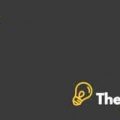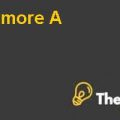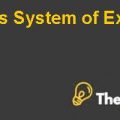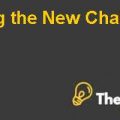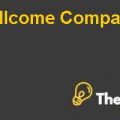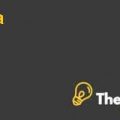Case & Introduction:
The start-up of Siemens was initially a telegraph company in Berlin, Germany; founded by Werner Von Siemens and Johann Georg Halske in 1847. It constructed the first telegraph line in Europe and grew with rapid growth in the telecommunication sector. In 1866, the owner found the uses of electricity and this was the time when the organization descended into different and various branches of the industry such as electricity and light bulbs.
By the 21st Century, the organization was a global organization with operations in more than 190 countries and a global workforce of more than 370,000 employees; as the fiscal year ended 2012, the organization had accumulated 78 Billion Euros in Revenue and had 57,300 Patents.
This case basically focuses on Dr. Lackner, Head of Corporate Technology’s Open Innovation and Scouting Department. The main issue being considered here is the analysis of available options for the Open Innovation Initiative and recommending solutions and the best case scenario to Dr. Lackner to help him proceed with the Open Innovation Initiative of his.
Open Innovation At Siemens Harvard Case Solution & Analysis
ANALYSIS
Considered Options
The main focus of our project will be to consider the R&D perspective of the options and provide analysis on their implementation into the organization,however, the costing is considered to be a problem as we have to analyse the discounting of the considered projects and their return for the organization. Will it be categorized in quantitative and qualitative parts and how will it affect the organization? Let us consider the options first.
OSRAMLED Emotionalize your light:
This venture consisted of a forum for different engineers all around the world to initiate the next level of LED based technology in the electric lights, the users were professionals and provided designs, evaluations and recommendations for the projects.
This option was involved in two phases. First to generate the idea and then to get awards.Implementation of such a policy as this one would be unsuitable for the organization as this policy had generated 5% of return on new ideas and a return on this will be harder to assess on the money being invested on this project.
Technoweb2.0:
This was a Siemens Information Technology System, re-developed on the principles of Michael Heiss; this system created a platform for the technology buffs to come across with their social profiles and their activities on the website. This technology helped approximately 3000 experts in different departments. This was a connection created by professionals all around the world to find problems to solutions by sharing their work and finding solutions on the intranet of Siemens. This created effective solution provision to technological individuals, on a very less cost in pursuit of their innovations. This method helped the organization to generate profit against the investment in this technology as low costs were attached to the return being fulfilled. The ROI is determined in this option by WACC which shows the average capital cost of the CT Department of Siemens.
Sustainability Contest:
This is by far the next generation of ideas which was considered by Dr. Lackner, as this idea considered the idea of sustainability within the organization..................
This is just a sample partical work. Please place the order on the website to get your own originally done case solution.

